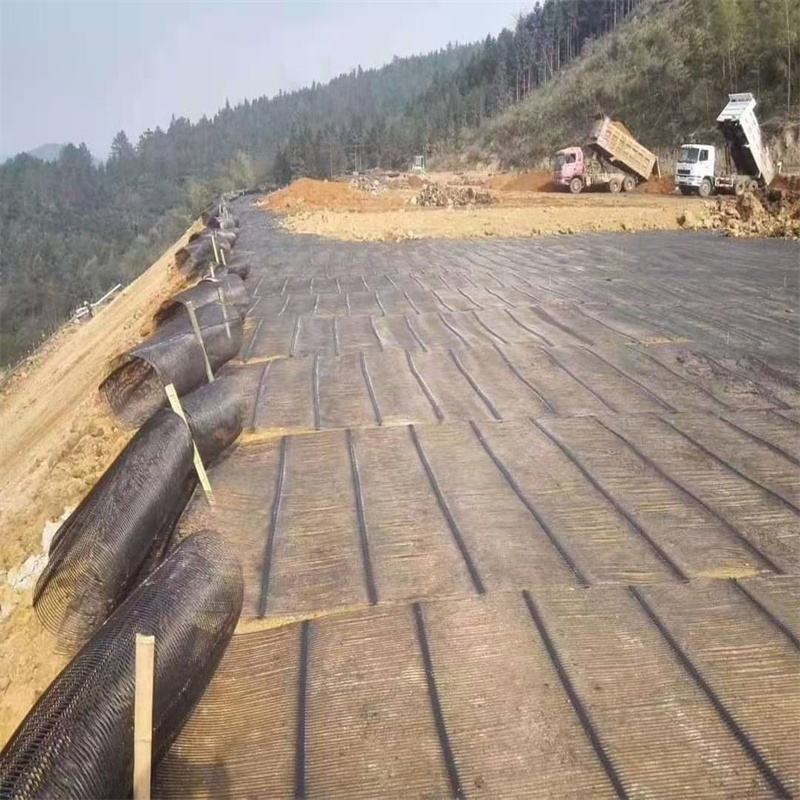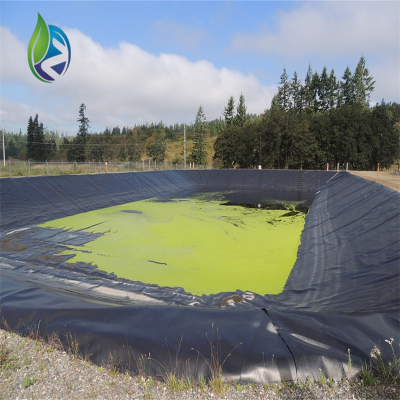Geogrid Materials — Eliminating Worries for Construction in the Rainy Season
Geogrid Materials — Eliminating Worries for Construction in the Rainy Season
Introduction
The rainy season poses significant challenges for construction projects, particularly in regions prone to heavy rainfall. Unstable soils, waterlogged grounds, and erosion can halt construction progress and damage infrastructure. Geogrid materials provide an effective solution to these challenges by improving soil stability, preventing erosion, and enhancing load-bearing capacity.
In this article, we’ll explore the role of geogrids in construction, the benefits they offer during the rainy season, and how they are transforming the construction industry. We’ll also highlight key factors that influence the use of geogrids in various types of construction projects, and provide insights into the market trends and future outlook.
What Are Geogrid Materials?
Definition and Composition
Geogrid materials are synthetic products made from polypropylene, polyester, or polyethylene polymers, designed to reinforce soil and improve its load-bearing capacity. They are typically used to stabilize and support soil structures, such as roadbeds, railway embankments, and foundations. Geogrids are usually laid in a grid-like pattern, which allows them to interlock with the soil, creating a stronger foundation.
Types of Geogrids
Uniaxial Geogrids: These are designed to provide strength in one direction, making them ideal for applications like reinforcing slopes and soil stabilization in road construction.
Biaxial Geogrids: These are engineered to provide strength in both directions, making them suitable for applications like paved roads, railway embankments, and foundations where load distribution is required in multiple directions.
How Geogrid Materials Solve Rainy Season Construction Challenges
1. Enhancing Soil Stability and Preventing Erosion
During the rainy season, heavy rainfall can cause soil erosion, weakening the foundation of construction sites and creating unstable ground conditions. Geogrids prevent this by reinforcing the soil and improving its overall stability. By distributing loads across a larger area, geogrids prevent the soil from shifting or eroding under wet conditions, ensuring that construction can proceed safely even during heavy rainfall.
In applications such as highways, railways, and embankments, geogrids provide the necessary support to withstand the pressure from water and rain, preventing the soil from being washed away or disturbed.
2. Improving Load-Bearing Capacity
The rainy season often leaves soil moisture levels fluctuating, causing the ground to become either too soft or too compacted. In both cases, the soil’s load-bearing capacity is compromised, leading to instability and increased risks of structural failure.
Geogrid materials help to enhance the load-bearing capacity of the soil by spreading loads more evenly and stabilizing the base. This ensures that construction projects like roadway construction or foundation work can continue without delays, even when the ground is saturated.
3. Reducing Settlement and Shifting
Waterlogged soil can experience significant settlement during and after the rainy season. This is particularly problematic in areas where heavy construction equipment or materials are being moved across the site. The use of geogrid materials reduces the potential for settlement by improving the compaction and load distribution of the soil. By preventing the shifting and settling of soil, geogrids provide a more stable foundation for construction, which is critical for long-term project success.
4. Sustainable Solution for Road and Pavement Projects
In rainy climates, road construction and pavement projects are particularly susceptible to issues such as rutting, subsidence, and water infiltration. Geogrids, especially biaxial geogrids, provide enhanced stabilization to the subgrade material, ensuring that roads and pavements remain strong and durable, even under wet conditions. This makes them a cost-effective and sustainable solution for projects in regions with challenging weather conditions.
Market Trends for Geogrid Materials in the Rainy Season
1. Increasing Demand for Sustainable Construction Solutions
As the construction industry continues to prioritize sustainability, the demand for geogrids is expected to rise. These materials are eco-friendly, as they reduce the need for excess aggregate and soil stabilization materials, making construction projects more efficient and reducing environmental impact.
In areas with heavy rainfall, the use of geogrids contributes to reducing soil erosion, minimizing site disturbance, and ensuring better long-term soil conservation.
2. Growth in Infrastructure Projects in Emerging Markets
The construction industry in emerging markets, particularly in Asia-Pacific and Africa, is seeing a surge in infrastructure projects. These regions are often affected by heavy rainfall, which can disrupt construction schedules and cause delays. As a result, the demand for geogrid materials to improve soil stabilization and prevent erosion is growing.
Additionally, these markets are becoming more aware of the long-term benefits of using geogrids, such as improved project durability and reduced maintenance costs, making them an attractive option for large-scale construction projects.
3. Technological Advancements in Geogrid Manufacturing
Advancements in geosynthetics technology have led to the development of more high-performance geogrids with improved durability, tensile strength, and environmental resistance. Manufacturers are now offering geogrid materials that provide enhanced protection against UV degradation, chemical exposure, and temperature fluctuations, which are particularly beneficial for projects in regions with extreme weather conditions, including the rainy season.
Geogrid Manufacturing Process and Application
1. Raw Materials and Production
Geogrid materials are produced using polymer extrusion, weaving, or heat-bonding processes, depending on whether the geogrid is uniaxial or biaxial. These methods ensure that the geogrids have high tensile strength and can perform effectively in soil reinforcement applications.
2. Customization for Specific Applications
Geogrids can be customized to meet the specific needs of a project. For example, they can be produced with different aperture sizes to improve soil interaction or treated with coatings for enhanced UV and chemical resistance. This allows for flexibility in geogrid applications across various construction projects, such as roads, railways, embankments, and landfills.
Frequently Asked Questions (FAQ)
1. What types of construction projects use geogrids?
Geogrids are used in a variety of applications, including road construction, railway embankments, pavement construction, landfills, and soil stabilization for foundations and slopes.
2. How do geogrids prevent erosion?
Geogrids prevent erosion by reinforcing the soil and preventing it from shifting or washing away during heavy rainfall. They provide a stable foundation and improve the load-bearing capacity of the soil.
3. Are geogrids effective during the rainy season?
Yes, geogrids are highly effective during the rainy season as they help to stabilize the soil, prevent erosion, and reduce the potential for soil settlement and shifting due to water saturation.
4. How long do geogrids last?
Geogrids have a long lifespan, often exceeding 20 years, depending on the materials used, environmental conditions, and the specific application. Their resistance to UV rays and chemicals ensures their durability in harsh conditions.
Conclusion and Call to Action
Geogrid materials are essential for overcoming the challenges presented by the rainy season, especially in construction projects involving roads, railways, and foundations. By providing soil reinforcement, reducing erosion, and improving load-bearing capacity, geogrids ensure that construction can continue smoothly and safely, even in wet conditions.
We offer a wide range of geogrid materials designed to meet the demands of various projects. Whether you’re working on infrastructure, landfills, or pavement construction, our geogrids provide reliable solutions to help you manage soil stability and prevent issues caused by heavy rainfall.
Contact us today to learn more about how geogrids can help improve the success and durability of your construction projects in rainy climates!






